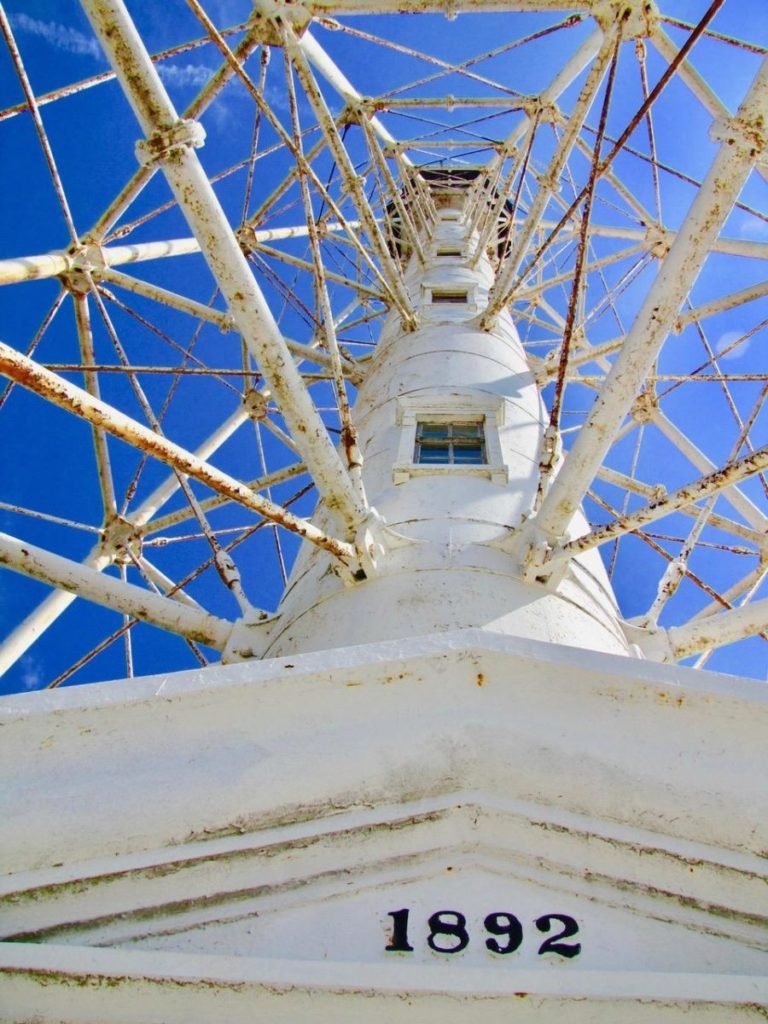
I grew up in Virginia Beach where I witnessed damage and destruction of rural and natural lands for the lie called development. I feel levels of anger and disappointment when I see greed eclipsing nature. As poet Gerard Manley Hopkins wrote, “Aftercomers cannot guess the beauty been.”
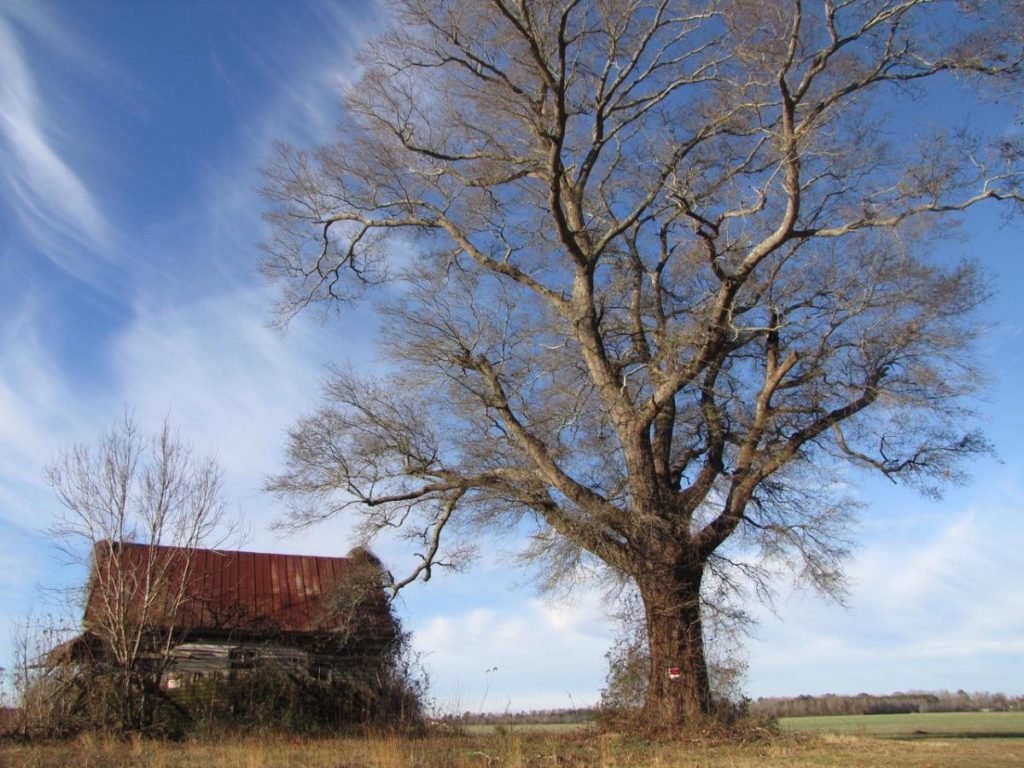
I now drive around Eastern Virginia and North Carolina and search for ways to preserve rural and natural beauty. This beauty manifests to me in rusting barns, abandoned homes, churches and schools, forgotten tractors, trucks, and plows, as well as fields, forests, and shorelines. I admire the endurance of the buildings and vehicles and the repurposing of nature. I try not to trespass.
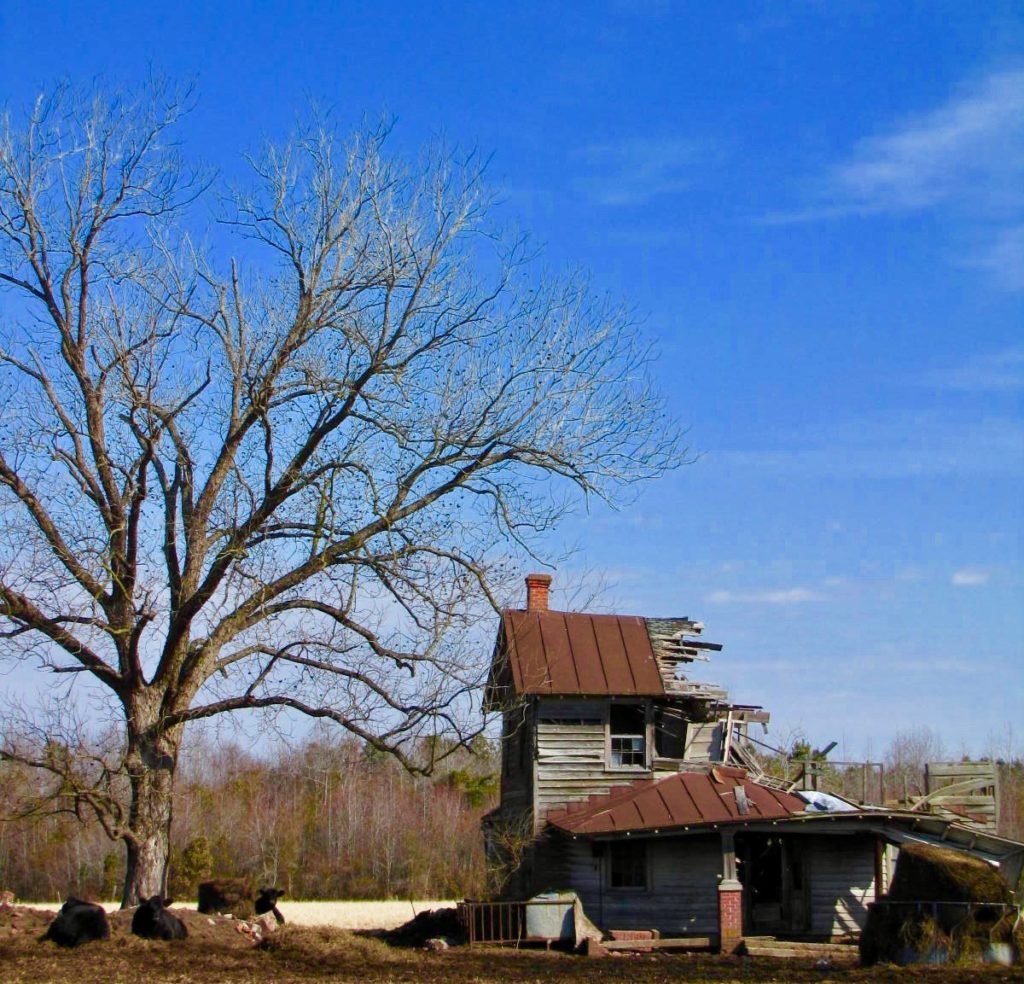
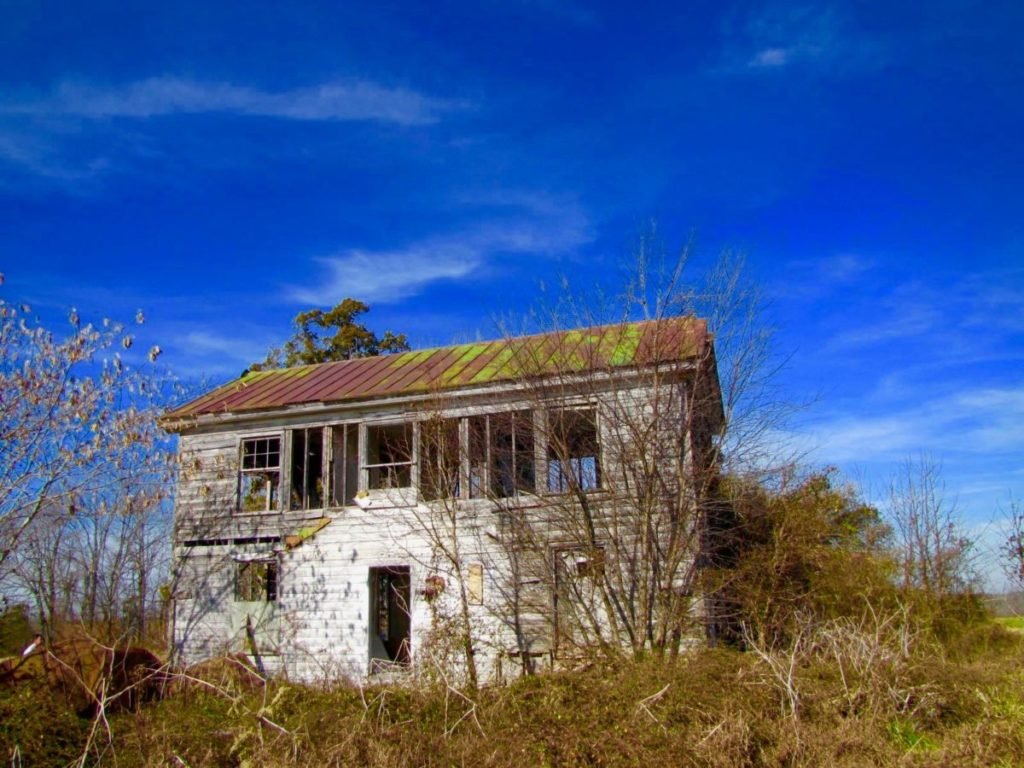
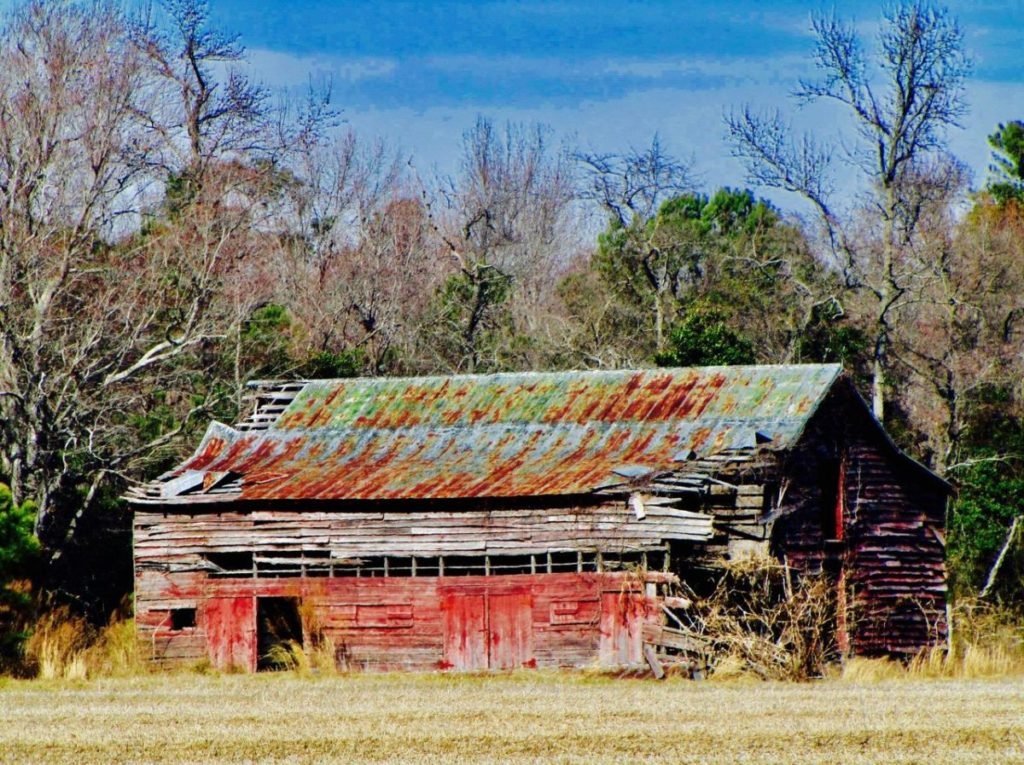
My “Beauty of Decay” concept comes from the rejection of society-defined beauty or so-called progress, and as a method of accepting my own decay.
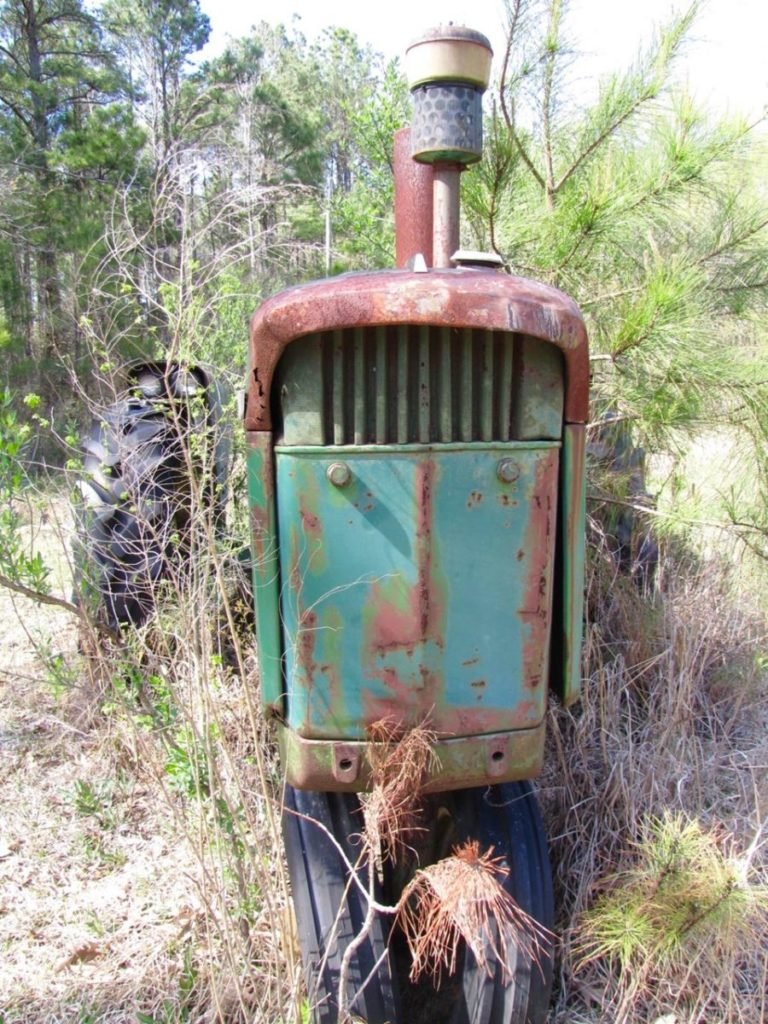
I mostly prefer color to black-and-white because it copies nature. There is certainly great black and white photography, but I usually feel the need to show organic color and tone.
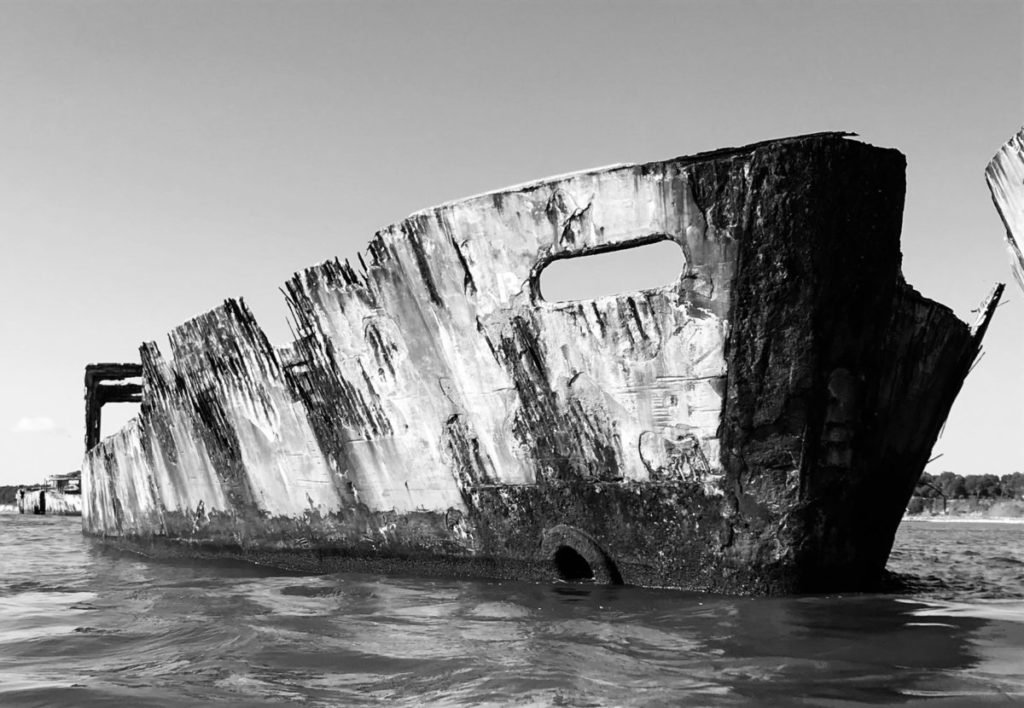
Two photographers have influenced me more than any others: Ansel Adams and my brother, Greg. Adams, of course, demonstrated how to capture nature on gigantic scales, giving argument for why we should admire and preserve natural settings.
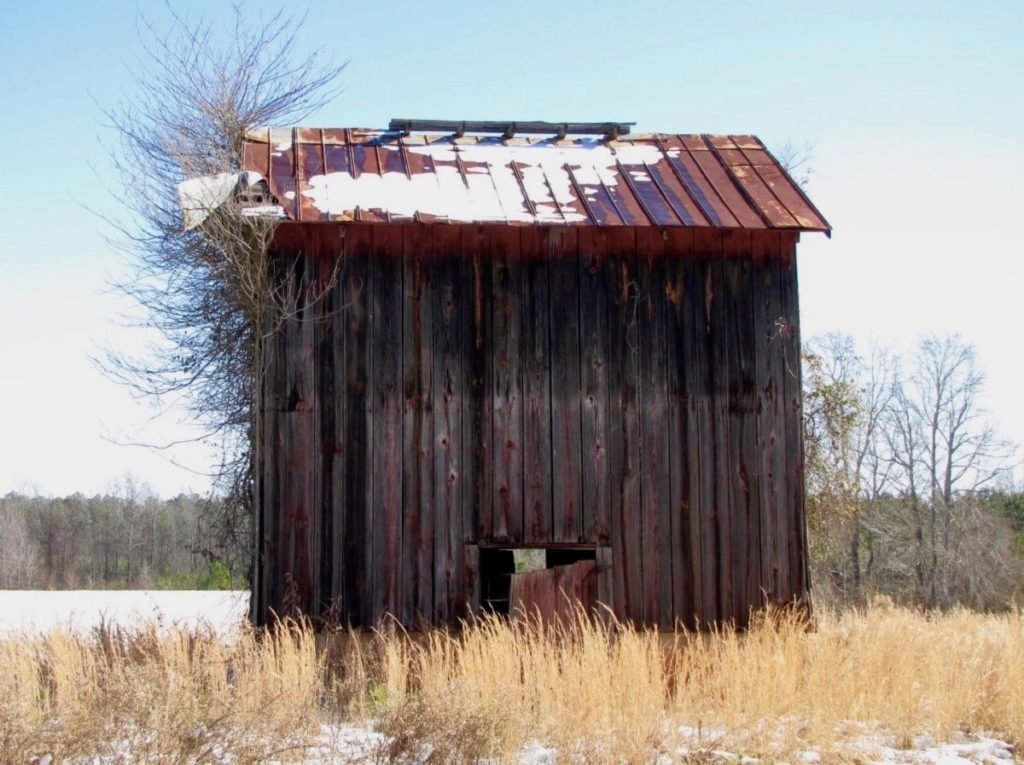
Greg is a more experienced and equipped photographer than I. When we were in college, he once took me to an abandoned factory in Richmond, Va., where I witnessed trees and vines growing inside, rail tracks bent and broken, file cabinets piled and blowing papers, waking me to the idea of lovely decay and/or how nature taking it all back can be exquisite and aware.
The lighthouse, above, is almost 130 years old; it remains somehow sturdy in sand. It must be all the metal spider webs. I found the pilothouse operated by wasps and one lightning bug.

Cotton is one of my favorite crops to capture. Here a ripe cotton landscape pools in every direction, contrasting well with an old barn and tall trees.
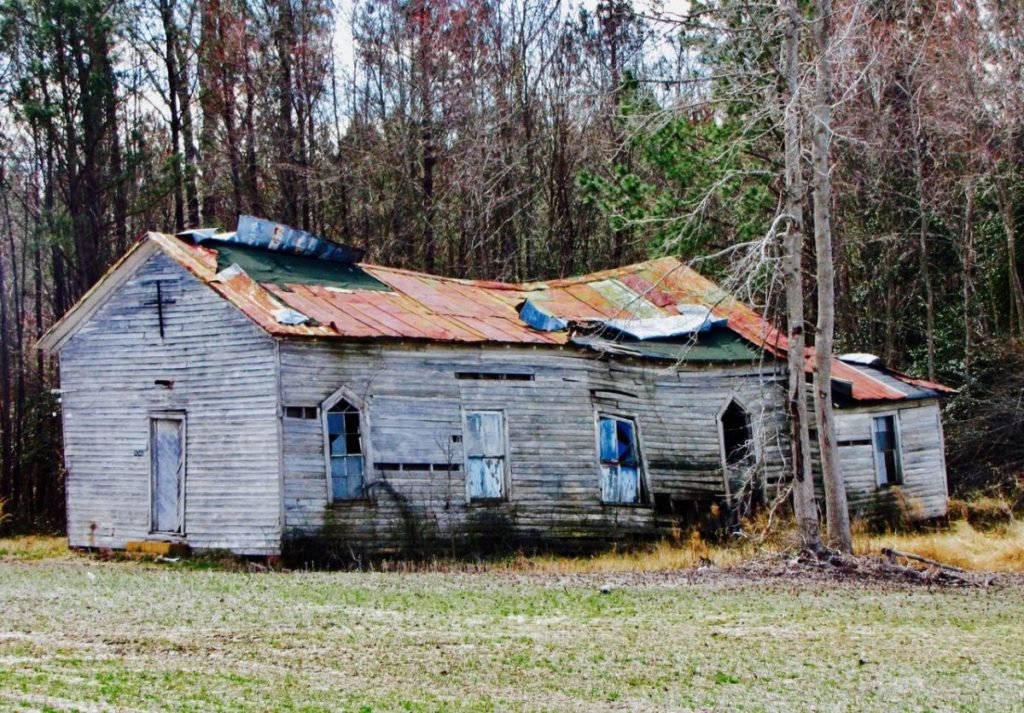
Thousands of miles on country roads and highways, and I’ve only found this church twice. Semi-stained windows are overshadowed by a ripping roof. It creaks in the wind like an old boat.

Barn Built 1921
Wisteria climbs the left edge of the roof and peeks into the loft. White paint gone gray. Vertical planks peel from decapitated nails.
A gravestone sixteen feet tall under wide sky as blue as time. The garage door grounded, window panes stolen long ago.
The lonely side door with eaten feet remains locked, its brass knob
……reflecting the slow fade of American farming. Darkness dams
the inside as if hiding secrets or mourning the loss of her caretakers. Straight walls and eaves point back to columns and rafters cut of hearts
of ancient trees. She is happy the cornfield next door is peaking. Sometimes what looks weak speaks subtly of endurance. Soft as
the process of rot, the heft of a hundred years holds for now. She’s bold enough to know the mercy of vultures and vines.
—-Daniel Pravda

Share this post with your friends.


how can I forward
Hi Mary!
The easiest way to send this would to be to copy the website address and paste that into an email, text, etc.
Glad you enjoyed!
Great photos. I recognize some of these spots from the Eastern Shore and especially that lighthouse.